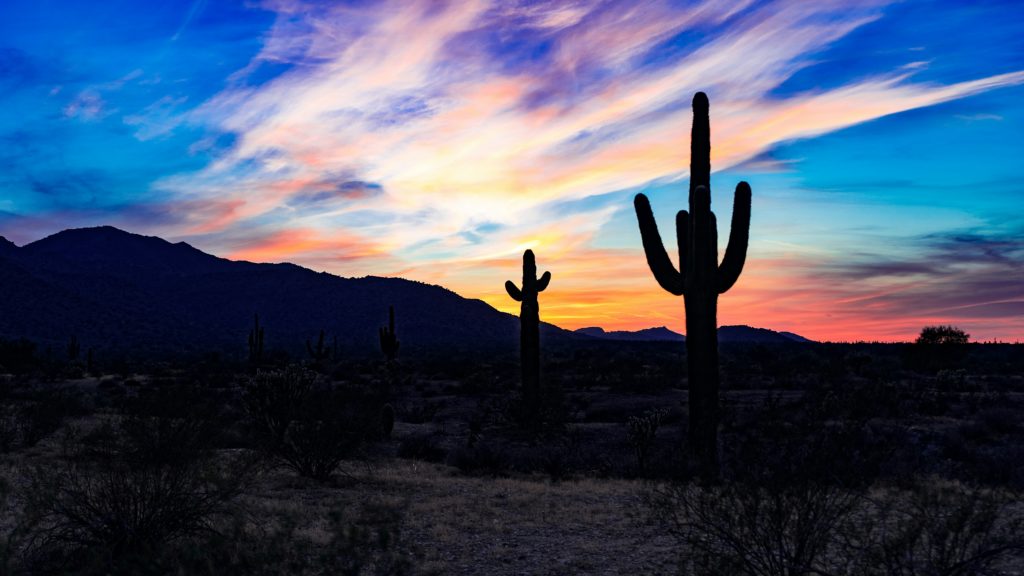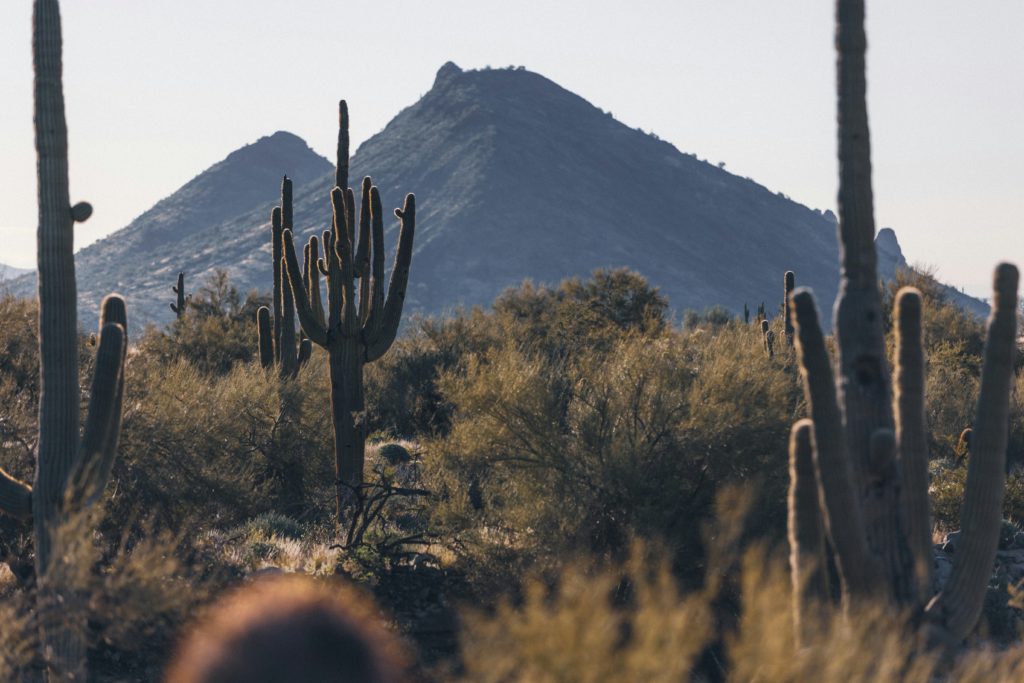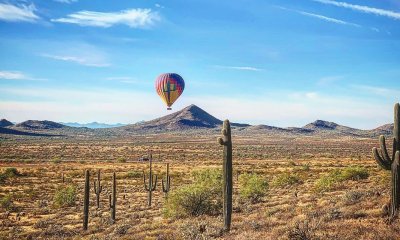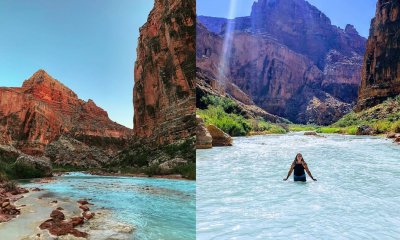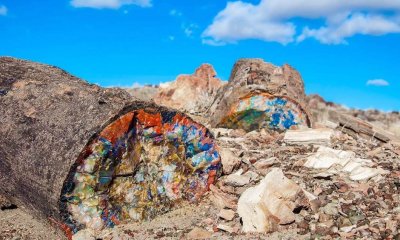Arizona
Here are 12 Amazing Facts about Saguaro Cactus in Arizona that you Probably Never Knew
Enter the enchanting world of Arizona’s Sonoran Desert, where the iconic saguaro cactus stands as a testament to nature’s marvels. In this blog post, prepare to be awestruck by a collection of mind-blowing facts about the saguaro, from its slow growth spanning decades to its intricate role as a sanctuary for desert wildlife. Uncover the secrets of this majestic cactus that thrives in the arid landscapes of Arizona, each fact revealing a fascinating facet of its enduring presence in the Southwestern tapestry.
Photo by Tom Gainor on Unsplash
1. They don’t start blooming until they are ~50 years old (usually)
2. Every 10 years (in line with the national census) there is a Saguaro Census to check up on how the Saguaros are doing in the Saguaro National Park.
3. In the US, they’re only found natively in the Sonoran Desert in Arizona.
4. Saguaros have an intricate root system.
A single “taproot” grows straight down about five feet to access water that’s stored deep underground. A saguaro’s main roots, however, extend like a maze about three inches under the surface to easily collect rainwater.
5. Saguaros are the largest cactus species in the U.S
They can grow more than 40 feet tall. (The largest species in North America is the giant cardon cactus, which grows in parts of Mexico.)
6. They can be heavy hitters!
A fully-grown Saguaro Cactus can weigh more than a ton.
7. They only survive their first five years of life if the temperature doesn’t go below freezing for that whole time.
This only happens every couple of decades in the Sonoran Desert, so when you look at a hillside full of saguaros you can notice the different ‘generations’ of Saguaros, or groups of saguaros that are the same age/size.
8. It is illegal and a felony to vandalize or kill a Saguaro Cactus in the state of Arizona.
You need to apply for a permit to move them even.
9. The Saguaro Cactus is named after Andrew Carnegie
Named after the renowned industrialist and philanthropist Andrew Carnegie, the Saguaro, scientifically known as Carnegiea gigantea, holds historical ties to the establishment of the Desert Botanical Laboratory in Tucson by the Carnegie Institution in 1903. Today, this institution has transformed into Tumamoc: People & Habitats, aligning itself with the University of Arizona’s College of Science.

